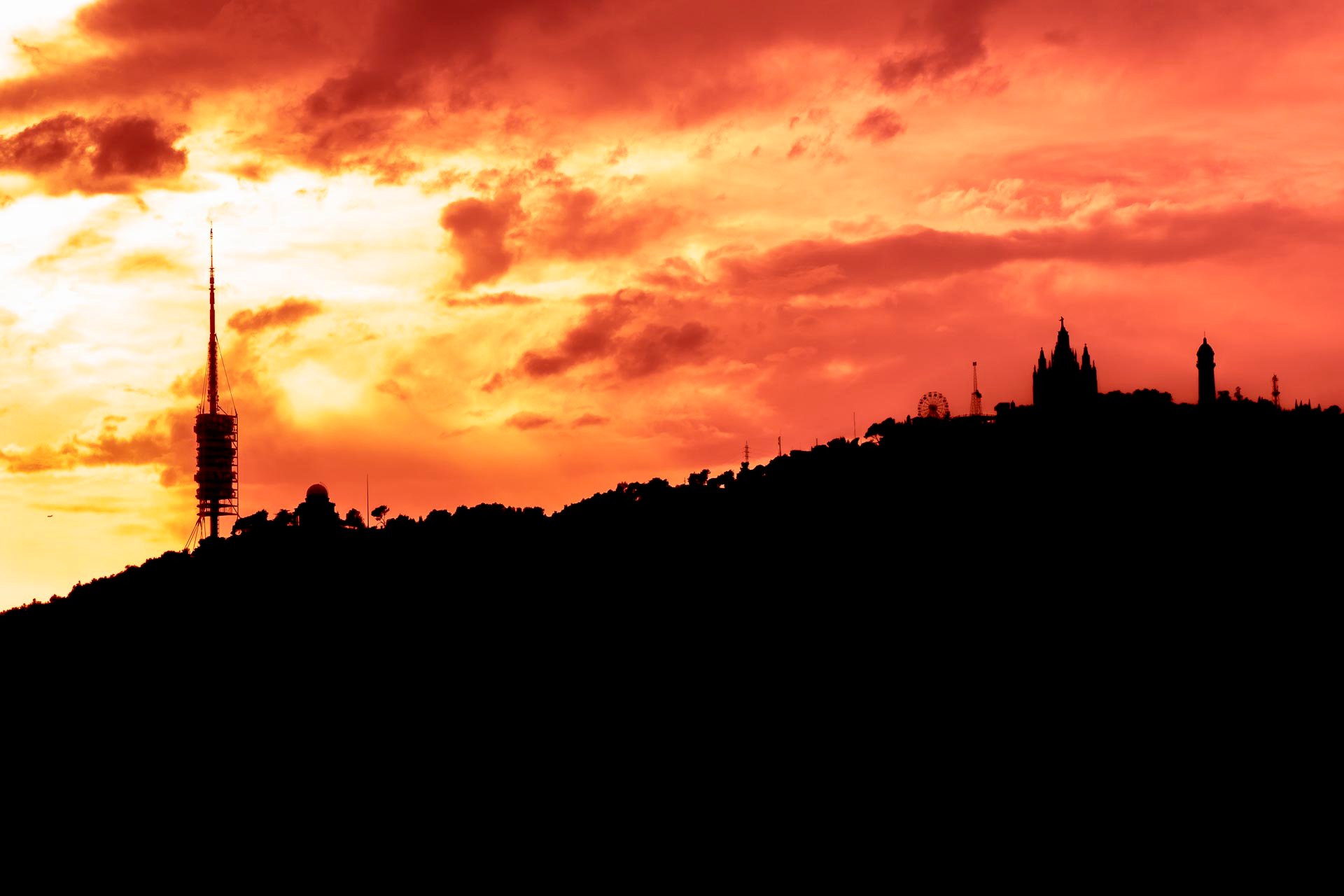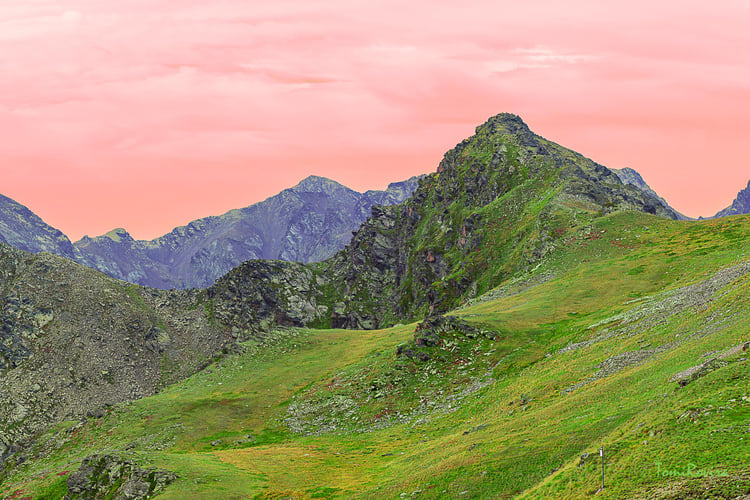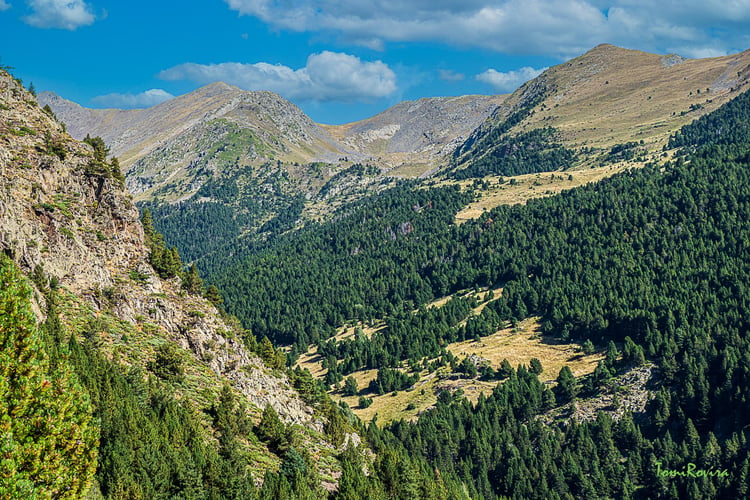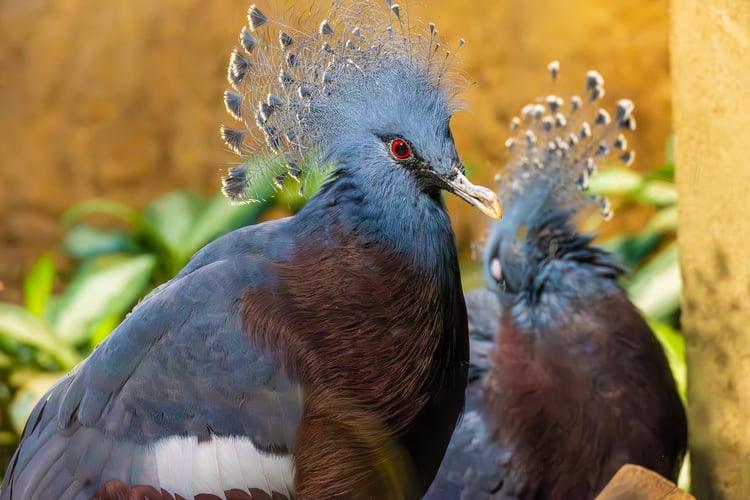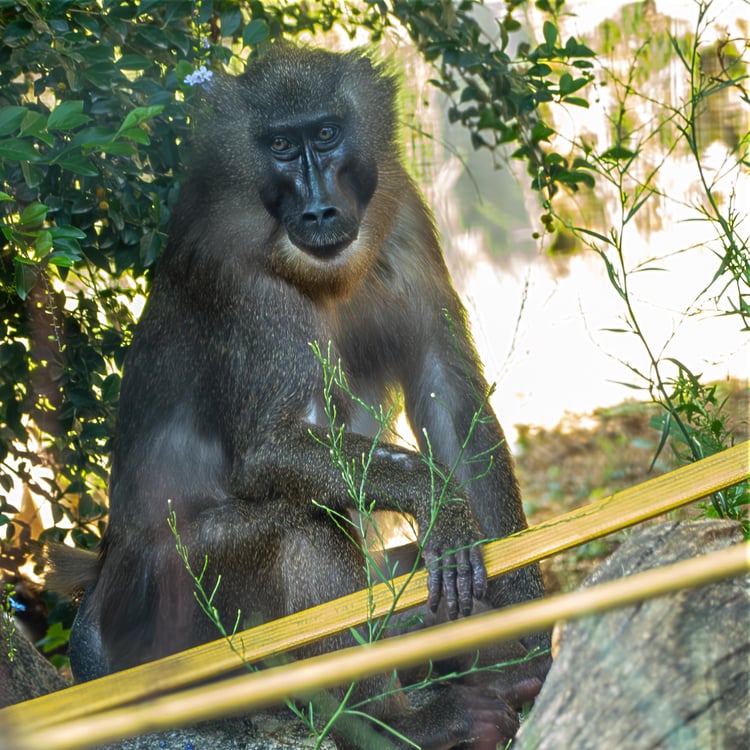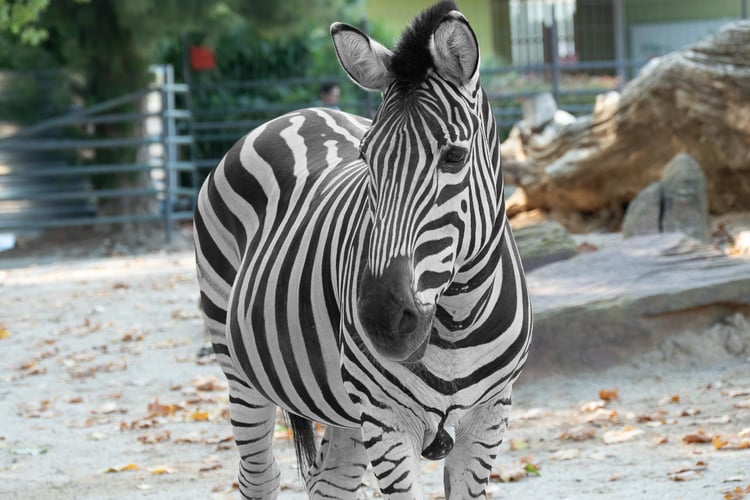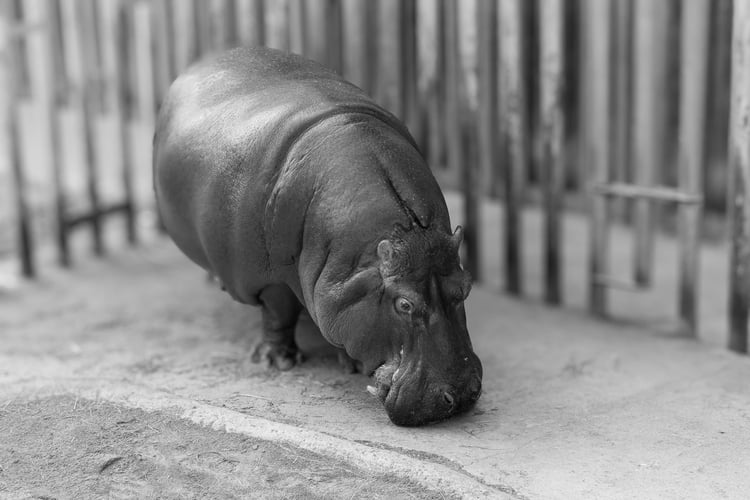Let me introduce myself. I am Tomi Rovira, an IT professional and a non-professional photographer since childhood.
What does photography mean to me?
Photography was not widely recognized as an art form until a few decades ago. But for me, it has always been different. At the age of seven, for my first communion, I was lucky enough to receive my first camera as a gift—a Kodak Instamatic 126. Shortly after, at my uncle’s house, I discovered how to develop a black-and-white film and how photographs could be printed on paper. It was fascinating.
Over time, I bought and sold different camera models until I finally got my first reflex camera, a Praktica LTL-5.
Lenses, accessories, a black-and-white lab, color development courses, studio photography with models and products, and, of course, countless books and magazines (there was no internet back then).
Then, suddenly, the first digital cameras appeared. At first, I was a staunch critic of this new system, swearing over and over that pixels would never achieve the quality needed to overshadow film photography. But I had to change my mind.
Today, the advantages of digital photography are undeniable. One of the most important benefits is the speed of learning—because you see the results instantly, you can correct and try again until you achieve the desired outcome. In the past, you had to wait until the film was finished and developed…
People, animals, objects—everything offers the potential for a great photograph. You simply have to observe what’s in front of you, visualize the result in your mind, and then take out your camera and adjust the settings to capture that vision in points of light.
This art is so subtle that you can even photograph something as intangible as the wind.


